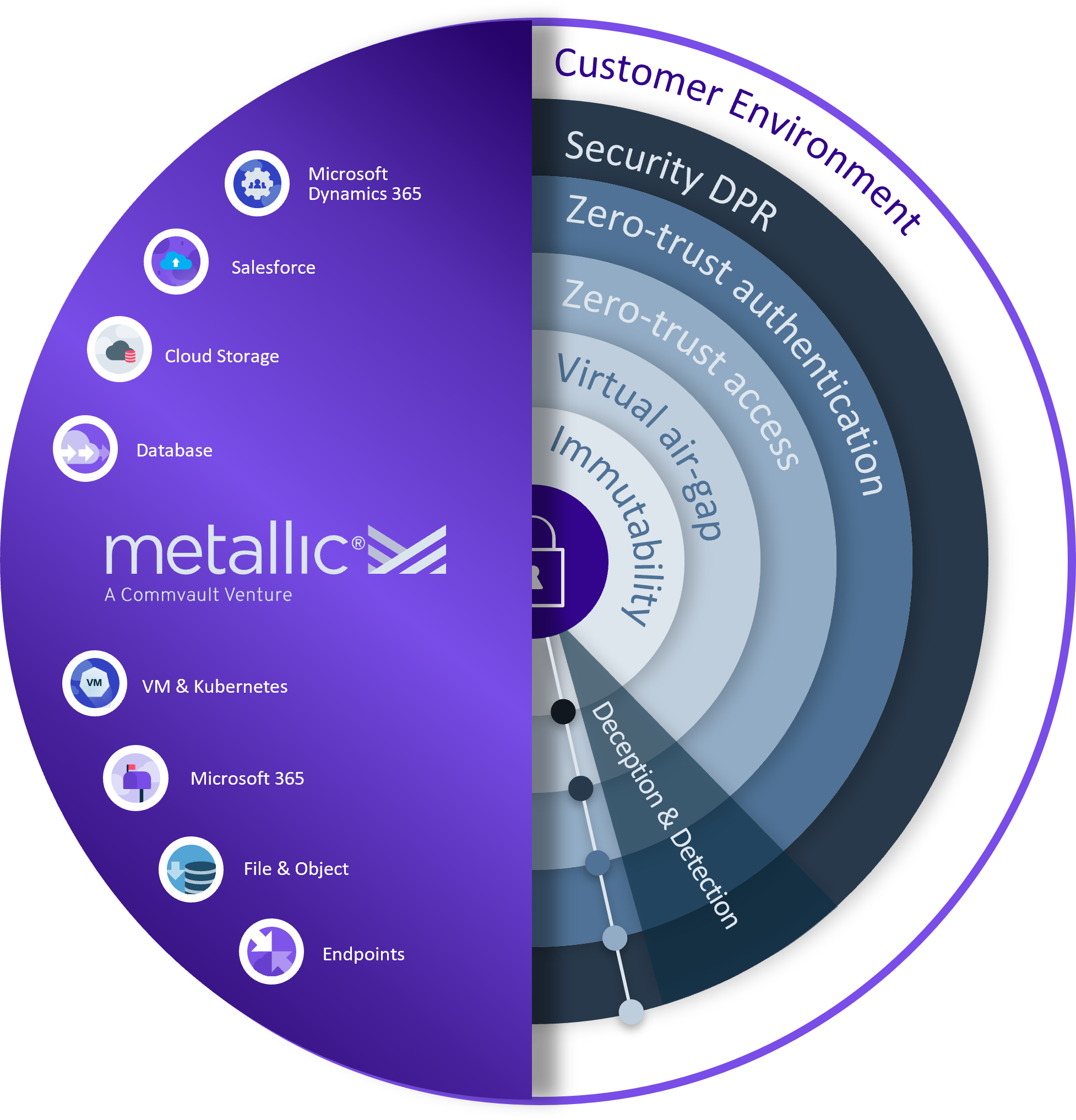When is Backup Not Just Backup?
The answer is simple: Every. Single. Day. The role of managing backups has increasingly broad significance for an organization – well beyond the critical function of ensuring business continuity in the event of data loss from hardware failure, human error, or site disaster. In today’s world, backup is about cloud transformation. Backup is about compliance. Backup is about security. And so, on World Backup Day (yes, everyone’s favorite holiday), it’s a good moment to acknowledge and appreciate those “backup heroes” who are connecting the dots, to keep their companies transforming and securing data, and — more so than ever — working hand-in-hand as invaluable partners for security teams, cloud architects, compliance officers and more.
Backup = driving hybrid-cloud transformation
First, a company’s backup strategy (and those responsible for delivering it) are a foundational element in driving successful transformation. Without a cloud backup solution, organizations cannot accelerate change, much less adopt new technologies. We find that cloud-based backup not only helps fulfill digital transformation initiatives, but delivers new efficiencies, scales operations, and can increase velocity in it’s own right. It gives businesses the simplicity of protecting their most valuable production workloads, with the flexibility to pivot or extend as investments and strategies change. For example, we see savvy companies putting their backup infrastructure in the cloud, as they anticipate migrating their enterprise databases , or adopting cloud VMs. In addition, before rolling out SaaS applications like Office 365 or Dynamics 365, companies need to ensure a data backup and retention strategy, in line with the shared responsibility model advocated by Microsoft, Salesforce and others.
Of course – cloud transformation is not only about the cloud. The role of backup is essential as today’s companies adapt to a data center that will never again be static – there will always be a decision and a re-evaluation of where to run a company’s workloads, across cloud and on-premises. The IT organization that has its backups in the cloud, yet maintains the flexibility to protect on-premises, is helping to future-proof an optimized digital transformation strategy. By implementing a forward-thinking, data management as a service (DMaaS) solution like Metallic, IT organizations can have cloud-delivered backup with precisely that hybrid cloud flexibility .
Backup = keeping up with compliance
Second, backup strategy is increasingly intertwined with compliance. Our customers are often working to fulfill requirements set by their legal teams, for instance, when adopting SaaS applications like Office 365, to ensure they have the required long-term retention and eDiscovery capabilities that may not be covered by native controls. At the same time, while Gartner estimates that 65% of the worlds PII will be governed by compliance regulations by 20231, IT orgs have to be vigilant that their data protection solutions will support GDPR compliance, as we have ensured Metallic will do. Those traditionally responsible for backup solutions need to ensure they are implementing modern solutions as they work closely with their compliance and data officers.
Backup = securing against threats
Lastly – and arguably most importantly, those who manage backup solutions are playing an increasingly crucial role in protecting their companies’ data from the rising tide of cyberthreats. Cloud-based solutions are helping to step-up security, as moving to air-gapped storage can help to put data out of reach from bad actors, while a SaaS-delivered solution also provides air-gapped backup infrastructure. That means that even should malware make its way into a company’s networks, the backup infrastructure will not be affected. In addition, as backup solutions continue to evolve, data protection is not just about recovery. Enhanced insights like Security IQ from Metallic can provide visibility into vulnerabilities and help to optimize data security, while capabilities like anomaly detection help signal possible attack for security teams to take action. With Metallic, additional security capabilities are coming soon to protect companies – and their critical data – from security threats they don’t see.
So – a backup isn’t ever just a backup. It’s a helpmate for cloud adoption, it’s assurance of compliance, it’s peace of mind against bad actors. As backup admins are collaborating more and more with security leads and CISOs, with cloud architects, and with legal and compliance teams, their roles are becoming even more challenging and broad. And while adopting new technologies often means an additional strain on resources, upskilling, or added complexity, the convenience and simplicity of a DMaaS solution like Metallic frees up needed time and energy from those admins to focus on the hard problems of today … because it seems, they aren’t getting any easier. So – Happy World Backup (and Cloud Transformation / Compliance / Data Security) Day to all of you!
Still can’t get enough backup talk? Check out my colleague, Carol Clark’s recent blog on commvault.com.
Source 1: https://www.gartner.com/en/newsroom/press-releases/2020-09-14-gartner-says-by-2023–65–of-the-world-s-population-w

